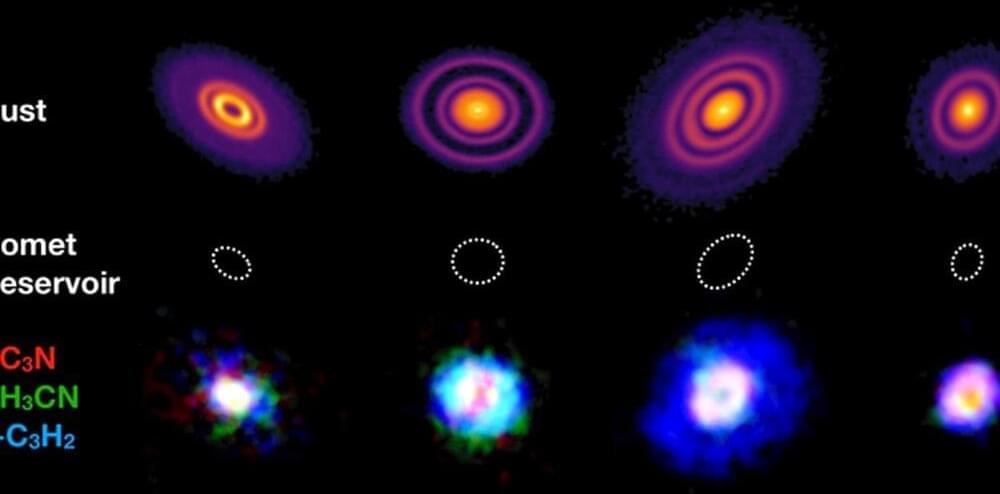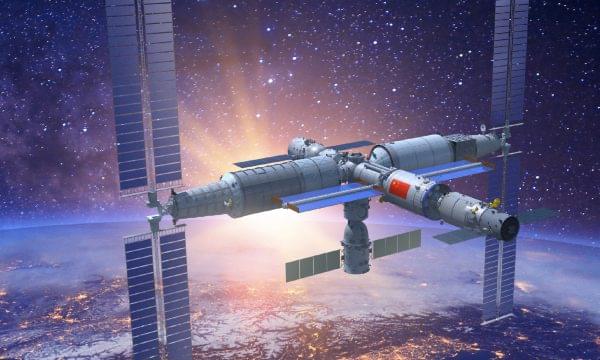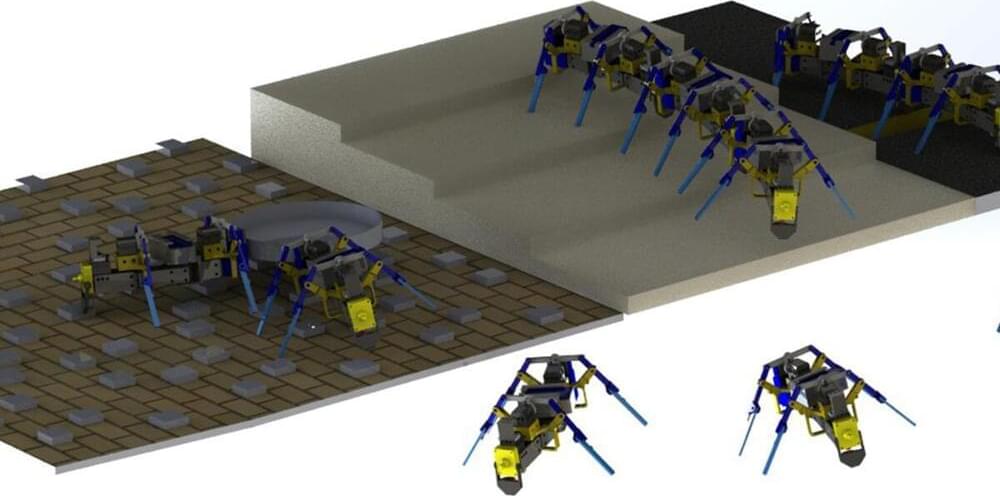Astronomers found reservoirs of organic molecules around young stars, suggesting the ingredients for life are more widespread in the universe.


Artificial intelligence is set to revolutionize the world, empowering those nations that fully harness its potential. The U.S. is still seen as the world AI leader, but China is catching up. The race is central to the U.S.-China rivalry and a critical facet of the economic and military competition that will define the decade.
#China2030 #AI #BloombergQuicktake.
——-
Like this video? Subscribe: https://www.youtube.com/Bloomberg?sub_confirmation=1
Become a Quicktake Member for exclusive perks: https://www.youtube.com/bloomberg/join.
QuickTake Originals is Bloomberg’s official premium video channel. We bring you insights and analysis from business, science, and technology experts who are shaping our future. We’re home to Hello World, Giant Leap, Storylines, and the series powering CityLab, Bloomberg Businessweek, Bloomberg Green, and much more.
Subscribe for business news, but not as you’ve known it: exclusive interviews, fascinating profiles, data-driven analysis, and the latest in tech innovation from around the world.
Visit our partner channel QuickTake News for breaking global news and insight in an instant.

Last week, China launched what was seen as its most ambitious manned space mission. Shortly after this, the communist country has announced another breakthrough in its rocket engine technology.
On October 16 China launched a spacecraft with three astronauts (taikonauts) on board, including a woman, into the core module of what is believed to be China’s own future space station in the Earth’s orbit. The astronauts are expected to stay in space for six months, which is the longest duration for a Chinese manned space mission so far.
The MIT engineers are at it again — and this time, they’ve created a robotic cheetah that knows how to leap.
The designers installed a new system in the robot, dubbed the “mini cheetah,” that allows it to jump across gaps in the terrain, according to an MIT news release. The system relies on a real-time video sensor that detects potential obstacles like gaps and holes, and translates it into instructions on how the cheetah should react.
“In those settings, you need to use vision in order to avoid failure,” Gabriel Margolis, a professor of Computer Science and Artificial Intelligence at MIT, said in the release. “For example, stepping in a gap is difficult to avoid if you can’t see it. Although there are some existing methods for incorporating vision into legged locomotion, most of them aren’t really suitable for use with emerging agile robotic systems.”

The sale of the world’s first Intelligent Collectibles & 10,000 Personality Pods (AI Souls) for NFTs has brought in almost 4,000 ETH netting approximately 17 million USD in Primary and Secondary Sales to build a community owned Intelligent Metaverse.
NEW YORK, October 20th 2021 — Alethea AI concluded their 7-day auction and direct sale for two historic collections:
I) a first of its kind collection, “The Revenants”, which are a collection of one hundred Intelligent NFTs on October 19th.
Researchers at the Allen Institute for AI created Ask Delphi to make ethical judgments — but it turned out to be awfully bigoted and racist instead.

As a robotics engineer, Yasemin Ozkan-Aydin, assistant professor of electrical engineering at the University of Notre Dame, gets her inspiration from biological systems. The collective behaviors of ants, honeybees and birds to solve problems and overcome obstacles is something researchers have developed in aerial and underwater robotics. Developing small-scale swarm robots with the capability to traverse complex terrain, however, comes with a unique set of challenges.
In research published in Science Robotics, Ozkan-Aydin presents how she was able to build multi-legged robots capable of maneuvering in challenging environments and accomplishing difficult tasks collectively, mimicking their natural-world counterparts.
“Legged robots can navigate challenging environments such as rough terrain and tight spaces, and the use of limbs offers effective body support, enables rapid maneuverability and facilitates obstacle crossing,” Ozkan-Aydin said. “However, legged robots face unique mobility challenges in terrestrial environments, which results in reduced locomotor performance.”



GOHEUNG, South Korea — South Korea failed to deliver a satellite into orbit on Thursday, crushing its dream to become the 10th country in the world to reach the milestone using its own technology.
President Moon Jae-in said that the three-stage Nuri rocket could not reach orbit, although it flew as high as 700 km into space after all its three stages separated successfully.
“I am sorry that we could not reach the goal completely, but it’s still a very excellent accomplishment,” Moon said after the launch at the Naro Space Center on South Korea’s southernmost island of Oenarodo. “We have an uncompleted mission to deliver a dummy satellite into orbit safely.”